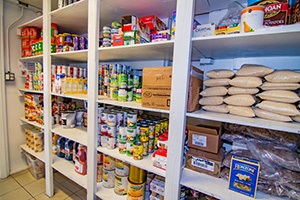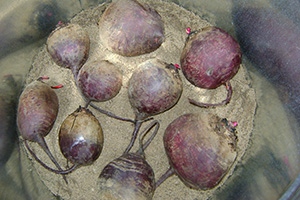32 Foods for Your Bug Out Bag
Food is one of the crucial items for your bug out bag and INCH bags. You should know the difference between a bug out bag and an INCH bag.
An INCH bag stands for I’m never coming home. Essentially, it is a larger survival kit with all of the necessary items you will need to survive the SHTF scenario. The plan is to sustain you indefinitely or until you can reach a safety point, such as a predetermined location.
On the flip side, a bug out bag (BOB) holds three days of rescue items. They are ideal for civil unrest, hurricanes, fires, snowstorms, and other disasters. You do plan to return home when the coast is clear.
There are hundreds of choices when it comes to what types of food you can put in your bags.
There are a few things you want to consider when making your choices:
- Calorie Ratio to Weight of Item: That can of soup might sound like a good idea, but it weighs a lot. You want food that has a small weight with higher calorie. You want as many calories per ounce as possible.
- Macronutrients: You want more fats and proteins than carbohydrates. However, don’t forget the carbs because they do give you bursts of energy that you need for your journey ahead. Fats and proteins fill you up faster and add more calories.
- Shelf Life: Yes, a fresh apple would take amazing, but you can’t store them in your bag waiting for an SHTF You need food that lasts for a long time. It is important that you keep a list of expiration dates, so you know when to rotate the items.
- Preparation: The food items you select shouldn’t be hard to prepare. It is nice to have some comfort foods, but the food you select should be easily prepared. All you might have access to is a campfire or no form of cooking at all!
The List
- Raisins and Peanuts: If you’ve spent any time hiking, you know that raisins and peanuts are a standard food item. They are rich in calories and require no preparation efforts. You can pick the kind that has chocolate peanuts – everyone loves chocolate! However, it can melt if you are in the heat. It is best if you get individually locked bags rather than those huge bags. One cup of peanuts and raisins equals close to 700 calories.
- Freeze Dried Meals: Many preppers like to keep freeze dried meals in their bags. They will fill you up quickly. All you have to do is pour some hot water into the bags. Then, you seal up the bags for the recommended time. Some meals are enough for more than one person.
- Peanut Butter: A tablespoon of peanut butter can have up to 190 calories. That is a lot! Instead of lugging around a jar of peanut butter, look for individually peanut butter packets or cups.
- Dried Fruit: There are so many choices for dried fruit, from apricots to apples. They are full of sugar, so it can help to give you a boost of energy when you’re feeling low. Your local store should have a great selection. Pineapples, bananas, mango, and berries won’t weigh too much in your bag.
- Protein Bars: When you are walking for a long time, you need energy and protein to keep going. Protein bars are a favorite among hikers. You can eat them on the go. Most of them are pretty delicious. The only downside to protein bars is that they can get messy, especially if they contain chocolate. You can fit a few protein bars into your bar, taking up very little space.
- Beef Jerky: Jerky is another food item that doesn’t take up too much space or weight of your bag. You can munch on jerky as you are walking. Beef jerky is sold in dozens of flavors and packaging. It is a great source of protein. However, beef jerky also has a higher level of sodium, which could cause dehydration if you eat too much. Make sure that you limit yourself.
- Emergency Meal Bars: These bars are similar to MREs and protein bars, rolled into one. Emergency meal bars can have 2,500 calories in one bar! The flavor isn’t always amazing, but your goal is survival. Taste isn’t most important. They store easily in bags and make a good choice for an INCH bag to save space.
- Granola Mixes and Bars: Stores have whole sections devoted to granola bars and mixes. You can find bags with different things in the granola, a great choice for breakfasts and snacks. Granola bars are great food ideas for on the go. Even kids love granola bars! They store easily and come in multiple, delicious flavors. Some have nuts, oats, chocolate or raisins!
- Tuna and Salmon Pouches: You want different sources of protein for your bags. Cans of tuna are out of the question; they tend to weigh your bag down. The stores sell pouches of tuna and salmon, not mixed. They are great eaten cold or warmed up. You can put some tuna on a cracker for a snack. The pouches of tuna and salmon are relatively inexpensive, costing around one dollar each. They also come flavored, such as BBQ and lemon pepper.
- Dried Soup, Chicken and Beef Bouillon: If you want to make soup on the go, you need some bouillon cubes. They can easily be stored in envelopes and paper bags. All you have to do is add hot water. Just like MREs, you can find packets of dried soup that just requires hot water to reconstitute.
- Instant Oatmeal: If you have a tin cup to heat water, you can make yourself instant oatmeal. Instant oatmeal contains mostly carbs, but it is a great kick start to your day. There are multiple flavors available, taking up very little space in your bags. I would suggest keeping them in a plastic, zippered bag. Instant oatmeal pouches are easily torn.
- Meal Replacement or Protein Powders: Protein powder tends to be disgusting, but it is a source of protein and nutrients for you. All you have to do is add the powder to water. Add scoops to a plastic baggie and store them in your bag. You can also keep electrolyte powders in your bag that you just add right to the BOB bag. They will keep you hydrated.
- Instant Noodles: Who doesn’t like Ramen noodles? Instant noodles are super lightweight, but they make a great meal. Instant noodle packets are high in carbohydrates. The flavor packet has salt. Eating actual meals can feel comforting after a long journey or a hard day.
- Sardine Tins: There is some weight to sardine tins, but the tins themselves are quite small. There is a lot of protein, calories, and fats in these little cans. The weight might be worth it if you want an extra source of nutrients.
- Salami or Pepperoni: The idea of pulling out a log of pepperoni or salami might seem comical. However, you can find bags of sliced pepperoni. It does contain more salt than other meats, but you want some variety in your BOB and INCH bags.
- Tortillas: Bread is too bulky to take with you, so tortillas are a better choice. Tortillas contain plenty of carbohydrates, and you can use them with other food. It is a great addition to tuna or salmon to complete your meal.
- Ready to Eat Rice Pouches: Rice pouches are great for quick dinners now, and they are a great addition to your BOB for a real meal. Remember, these pouches have a lot of sodium and carbs. You shouldn’t pick rice pouches for an every meal type of item. However, you can add them with your tuna pouch to make a complete
- Instant Mashed Potatoes: When you want to have some comfort food, mashed potatoes fit that bill. Since you can’t bring along potatoes and create homemade potatoes on the trail, it has to be instant mashed potatoes. All you need is hot water. Add some instant mashed potatoes with a can of shredded chicken for a delicious dinner.
- Spam Pouches: Here is another idea for a source of protein, even if it is slightly strange. You have to enjoy the taste of Spam to want to include it in your BOB or INCH bag. Spam pouches can be heated in a cup of hot water.
- Dehydrated Hummus: Hummus is a favorite treat for many people. It is usually kept refrigerated, so most people don’t think about it as an option for a BOB. You can find packs of dehydrated hummus that requires you to add water.
- Crackers: Many of the items on the list are better with crackers. Yes, they are a bit bulky, so you have to consider what type you are bringing and the amount. Crackers make life better! They give you a better way to eat your dehydrated hummus and peanut butter pouches.
- Bags of Beans: Pinto beans are a favorite among preppers. They do take the effort to prepare, so that should be a factor. You need a pot that you can put over a fire. A bag of beans will need to cook for at least an hour in water over a fire. However, there is plenty of protein in a single bag of beans.
- Cereal and Breakfast Bars: If you need a boost of energy, cereal and breakfast bars are great choices. They typically contain oats and some fruit. They can give a bit of flavor and excitement to your pack!
- Sunflower Seeds: When you are on your journey, you want a lightweight and delicious snack that contains healthy fats. Sunflower seeds are a comfort food that can soothe stress and satisfy your hunger until you find somewhere you can set up camp to cook. Other seeds to consider are chia and flax seeds, which are lightweight and contain extra oil.
- Dehydrated Vegetables: Did you know that you can dehydrate your vegetables at home? All you need is a dehydrator, Mylar bags, and oxygen packets. Dehydrated veggies are easy to reconstitute with water and make great additions to dinners and lunches.
- Chocolate: There isn’t much protein in chocolate, but it contains sugar which gives you a burst of energy. The energy wears off quickly, but it will satisfy your cravings. It is a welcome relief after just eating canned and prepackaged food for multiple days. If you don’t want just to take plain chocolate, Tootsie Rolls are a great choice. Tootsie Rolls are great for hot summer months. Believe it or not, World War II soldiers carried them to eat. You want to make sure that you grab the long ones to conserve space
- Nuts: I mentioned peanuts and raisins, but there are other nuts you can try. Pistachio, almonds, and cashews are almost the top choices. You do have to be careful and look at the sodium content. Salted nuts do help to replace the salt lost because of extra sweating, but it can make you more thirsty. Too much sodium leads to dehydration.
- Cereal: Chances are you won’t have access to fresh milk while on the go. Dried cereal still adds carbs to your diet and gives a feeling of comfort. If you have kids along on the journey, Cheerios are a beloved cereal.
- Honey Straws: Honey is a delicious, unique source of sugar and energy. You need the energy to survive an SHTF Honey straws or hard sugar candies can give you that little burst that you need.
- Coffee Singles: Even if you are on the go, you still want to have some caffeine and coffee on the go. You can purchase instant coffee and Coffee-Mate To Go for flavoring and sweetness. Make sure that you have a cup with you that lets you heat your coffee over the fire or however you want to cook your coffee!
- Pop Tarts: I know you are thinking that those aren’t healthy at all. You would be right. Pop Tarts are mostly artificial sugar. However, they give you some energy and carbs if you need a pick me up. Plus, kids are pretty quick to eat them.
- Peanut Butter Crackers: I mentioned peanut butter and crackers separately, but you can purchase these together to save space. Premade peanut butter cracker sandwiches are found in the store and are relatively cheap.
There are so many choices for foods you can include in your bug out bag and INCH bags. You don’t want to pick all of these items. Find the ones that you think makes the most sense and you find the most enjoyable. Remember, a BOB is enough food to last you 72 hours. Most experts recommend a week or two of food for an INCH bag. After that, you should have supplies to start gathering your food by hunting and fishing.
Food is one of the crucial items for your bug out bag and INCH bags. You should know the difference between a bug out bag and an INCH bag. An INCH

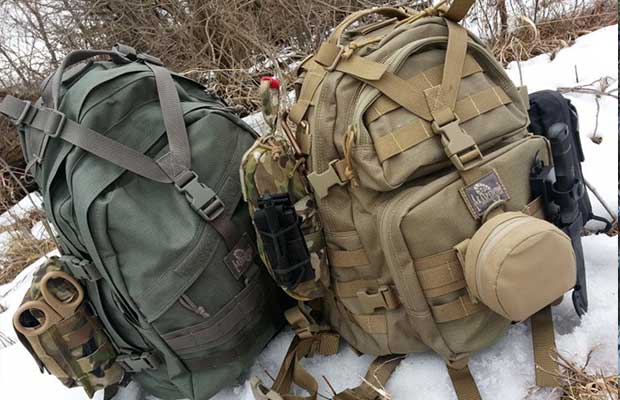




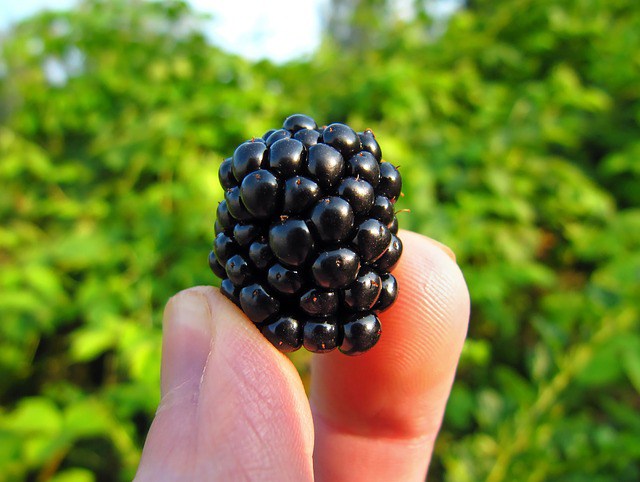
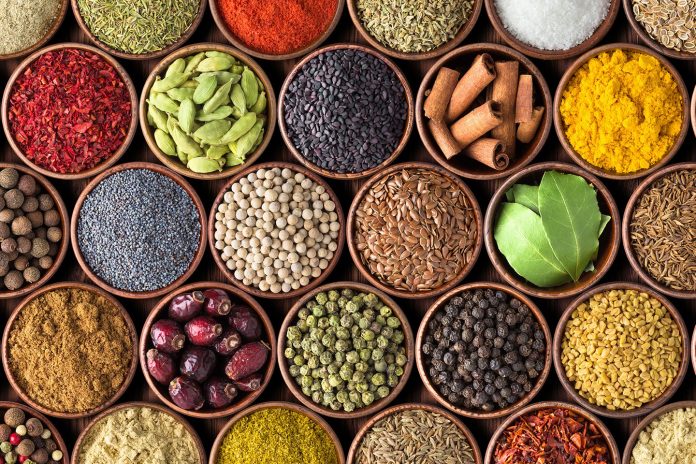
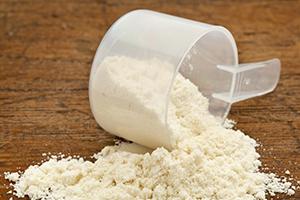
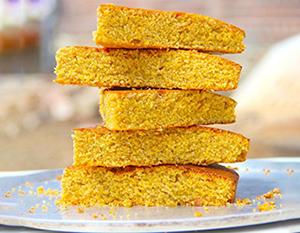
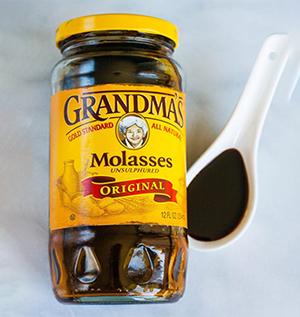
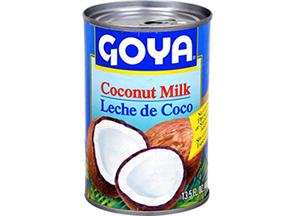
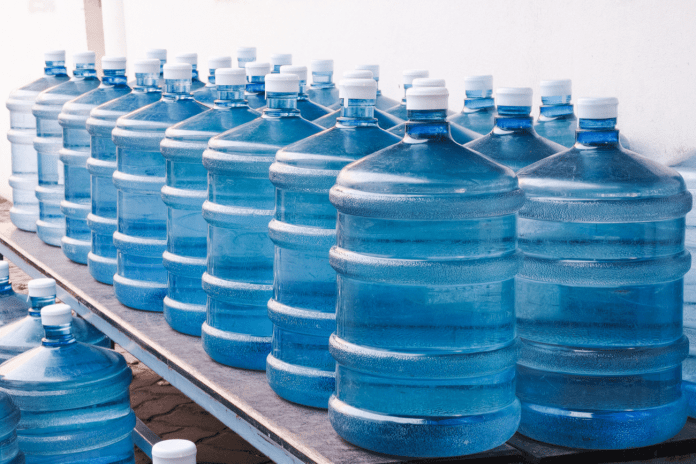
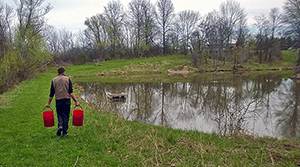


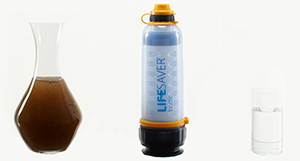
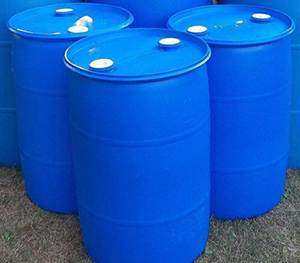
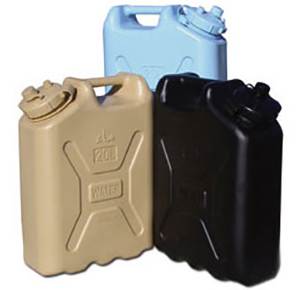
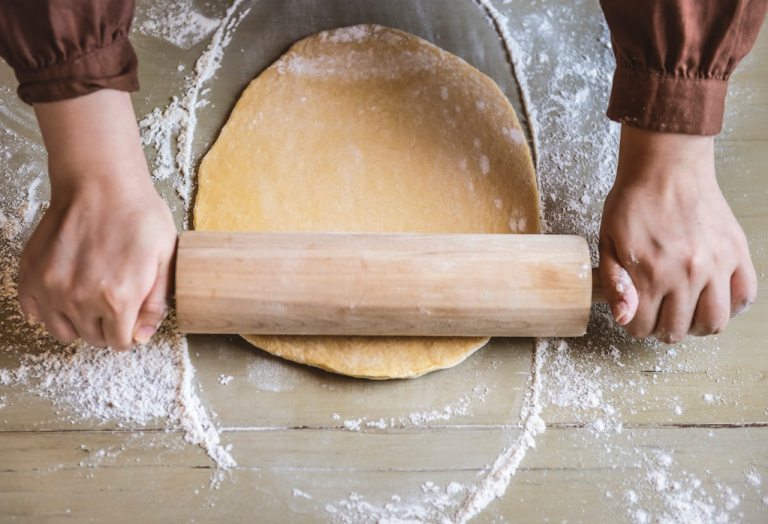


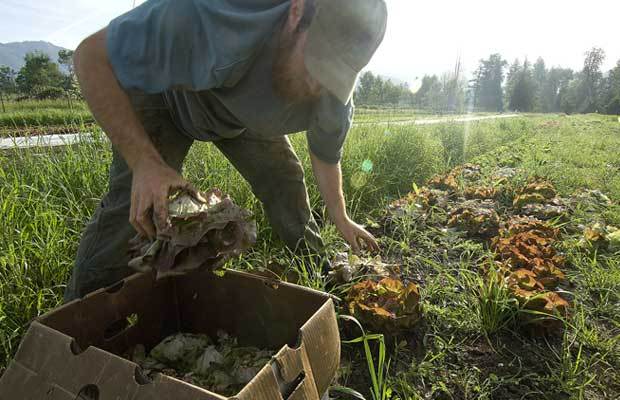
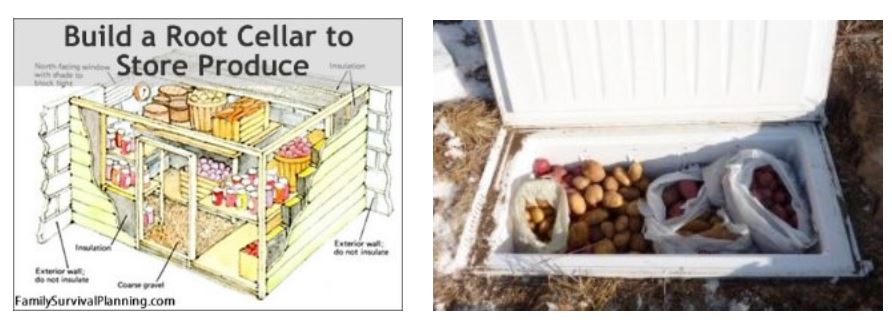
 Squash is ready for storage when the rinds darken, and you can’t punch a fingernail through them. The plants sometimes cue us that they’re ready by yellowing and dying back a bit, and in many cases, the vines will go woody. We then cut them off with a stub of stem attached, brush any soil or debris loose, and let those thick skins toughen up more with a 1-2 week cure in a 75-80 warm, somewhat dry space, up off the ground. They can be cured in the field, propped up, but there are risks there that a barn or crib can help eliminate.
Squash is ready for storage when the rinds darken, and you can’t punch a fingernail through them. The plants sometimes cue us that they’re ready by yellowing and dying back a bit, and in many cases, the vines will go woody. We then cut them off with a stub of stem attached, brush any soil or debris loose, and let those thick skins toughen up more with a 1-2 week cure in a 75-80 warm, somewhat dry space, up off the ground. They can be cured in the field, propped up, but there are risks there that a barn or crib can help eliminate.

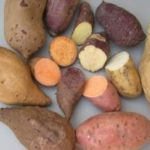 Potatoes and sweet potatoes need to make it through our winters and in many cases all the way through the earliest parts of spring, so we have even more reason to start practicing with them as soon as possible. See, they’re not really flowering seed producers at this stage in evolution, and it takes a while for seed starts to get going, just like tomatoes. We’re going to have to cut potatoes and let them callous, and grow starts from them if we want to continue reaping potatoes and sweet potatoes in a world without Tractor Supply and Baker Creek.
Potatoes and sweet potatoes need to make it through our winters and in many cases all the way through the earliest parts of spring, so we have even more reason to start practicing with them as soon as possible. See, they’re not really flowering seed producers at this stage in evolution, and it takes a while for seed starts to get going, just like tomatoes. We’re going to have to cut potatoes and let them callous, and grow starts from them if we want to continue reaping potatoes and sweet potatoes in a world without Tractor Supply and Baker Creek.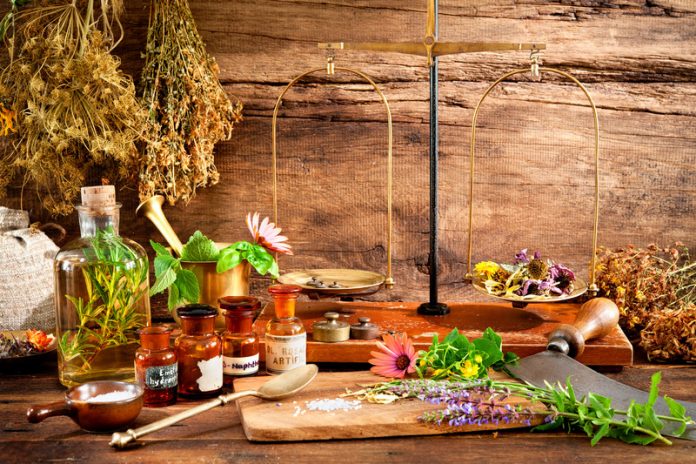
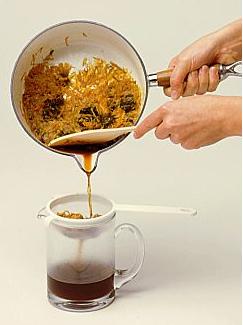

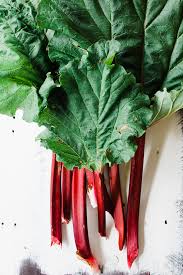
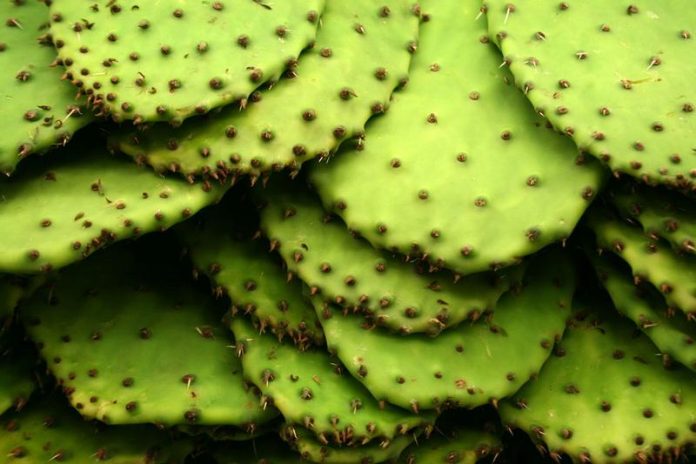
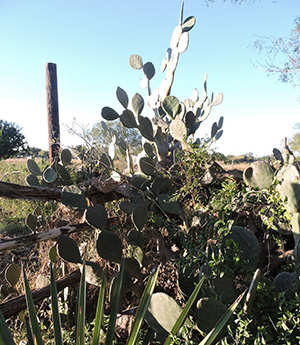
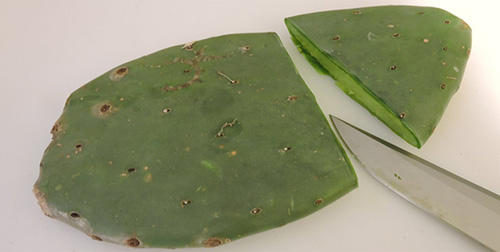
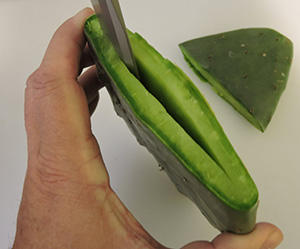
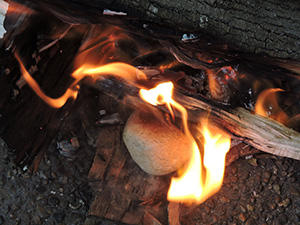
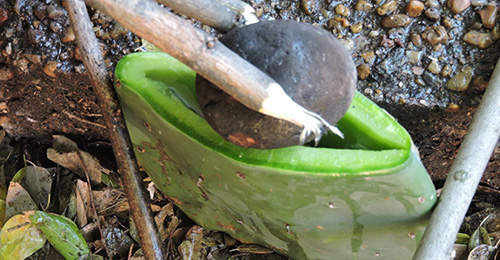
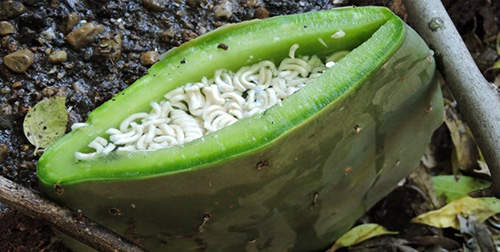
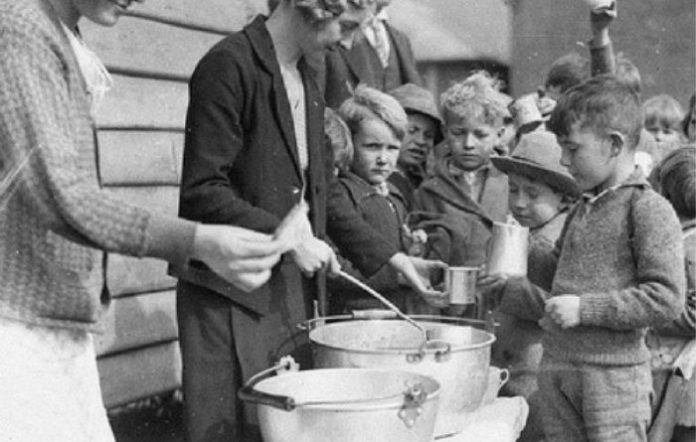
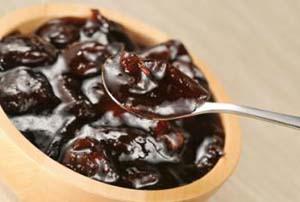 1) Prune Pudding
1) Prune Pudding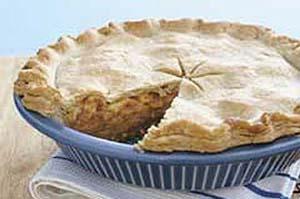 2) Mock Apple Pie (No Apples)
2) Mock Apple Pie (No Apples) 4) Vinegar Cobbler
4) Vinegar Cobbler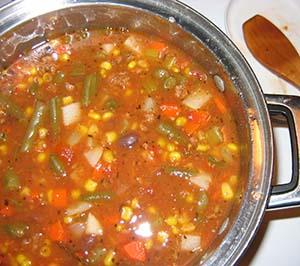 5) Mulligan Stew
5) Mulligan Stew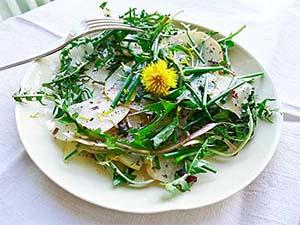 7) Dandelion Salad
7) Dandelion Salad 8) Creamed Chipped Beef
8) Creamed Chipped Beef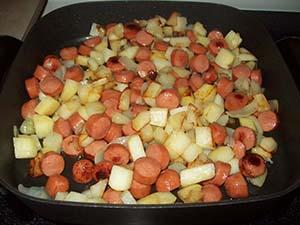 9) Poor Man’s Meal
9) Poor Man’s Meal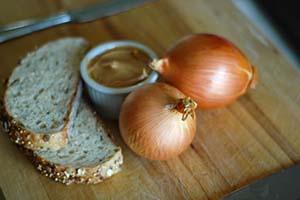 10) Peanut Butter Stuffed Onions
10) Peanut Butter Stuffed Onions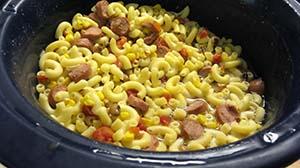 11) Hoover Stew
11) Hoover Stew
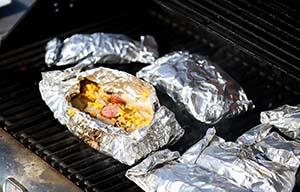 14) Tin Foil Hobo Dinners
14) Tin Foil Hobo Dinners




